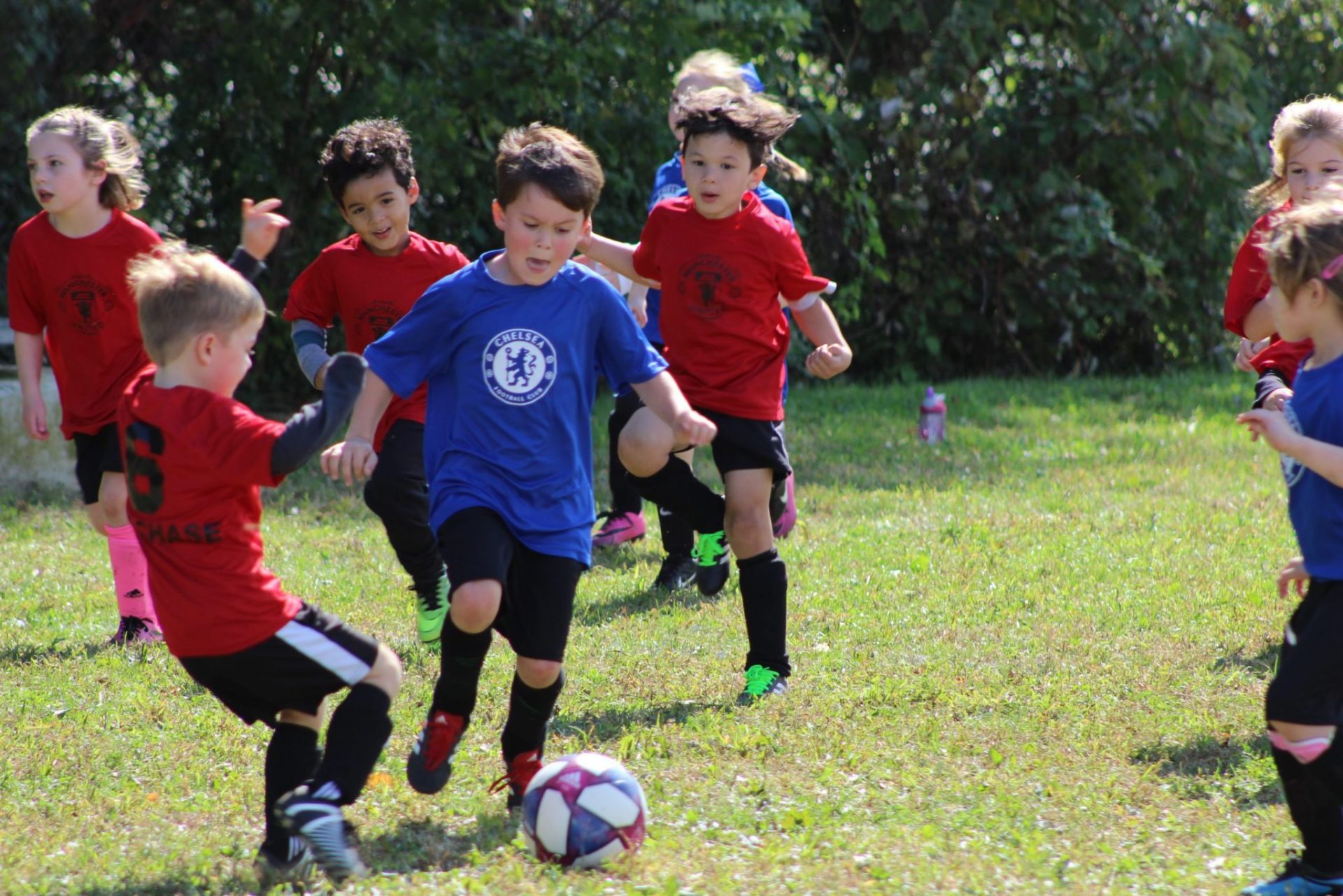
Spring sports season is here.
As we pack the coolers, chairs, equipment and snacks for Saturday morning games and practice, it can be easy to get wrapped up in the excitement of it all. But, as parents, coaches and supervisors we have to remember to make the experience participating in team sports a positive one for every child on the field. It’s our job!
Nate Jean-Baptiste is the Program Director/Head of Player Development for High Rise Basketball in Stamford. He says he creates a positive environment for players in the program by making sure everyone knows each other’s names and by encouraging coaches and players to always bring a high level of energy!
“Being completely present is key, and I also make sure that we are all intentional about what we say and do as we do not know what kind of day/night a player may have had,” he explains.
Tara Jogee is a Stamford-based Licensed Professional Counselor who works with children and adolescents. She says there are three things parents can do to create a positive experience for their children when participating in team sports.
Show up and Be Present
Kids love having support, so showing up and being present helps create positive experiences and memories. Your presence there is different than that of a coach. You are their own personal fan club! Your child will be looking in the stands or on the sidelines to see if you are watching or not. If you are going to be there, be there. Take time away from your phone to fully show up!
Remember to leave coaching to the coaches!
(unless you are indeed the coach!)
Children are already experiencing increase in pressures to perform in sports from peers, coaches, media, teachers, etc. There are many ways you can be involved with the team without crossing that boundary. Parents can show support in many other ways such as helping with fundraising, run the snack bar, etc.
Focus on progress not outcomes
When parents focus on their child’s progress in skills (not winning or losing) this helps keep it fun and takes some of the pressure off. Often children are placed into longer practices or certain leagues that may not be developmentally appropriate for them. Longer practices or placement with older ages groups can have negative impacts on children despite the good intentions for placement. Children may look like they have the physical capability, but mental focus and maturity should also be assessed when making a change. Children should be playing on a level playing field, not always feeling like they have to catch up.

Dr. Ester Ramirez-Cepeda is a pediatrician at Summer Pediatrics in Stamford. She says that when portrayed in a positive light, team sports can be an important part of the overall childhood and adolescent development.
“Through participation in organized sports children can develop social skills, self-esteem, and improve physical and mental health. Participation in sports in adolescence is associated to better health in young adulthood. Most children will have all sufficient skills and attention span for team sports by the age of six years. It is important to allow children younger than six years to have plenty opportunity for free play to develop basic skills,” she explains.
Nate agrees saying, “So many life lessons can be taught through sports. So focus on that and your child will become a better individual who will be an asset to our society.”
But, signing our children up for a sport doesn’t always go as planned. If your child is feeling nervous to play or flat out refusing, Tara says there are three ways to encourage them without pressuring.

Validate feelings
Re-entry anxiety is something that is being seen more and more. Validating feelings is very encouraging. A child feeling heard is often times undervalued. An example you can tell your child: “Being nervous right now is very normal”, “I feel nervous going back to things I haven’t done in a while too”.
Keep the sport fun
Reminding your child that “playing a sport” is just that, playing. Ask your child how they feel when they are out on the field playing and what they enjoyed most. Having them identify the positives in the game they are playing will help them to grow a positive mind set.
Dr. Ramirez-Cepeda adds, “Coaches need to be respectful and promote proper development of skills while letting the young athletes enjoy the sport, avoid burnout and over scheduling. Parents need to stay involve and create a safe environment for their children. Kids play sports longer when parents give positive support.”
Baby Steps
Be cautious to push your child to play if they are not ready. If children are pushed too soon, their nerves can increase. Think of different approaches they can slowly re-introduce themselves to the game. Some examples may be:
“I know you’ve been feeling nervous going out and playing, why don’t we go support the team by cheering them on?”
“How are you feeling about going to practice for the first half? Then we can see how you are feeling and if you want to stay or not?”
Complete avoidance can validate the fear, so make sure that you are encouraging them to play with small exposures they are comfortable with.
Dr. Ramirez-Cepeda adds, “It is important to first identify why they are having a tough time adjusting. Listen and discuss their concerns. Decide together the best course of action.”
Mark agrees saying, “Some children are better with individual sports like tennis, golf or swimming. You have to be patient and see what best fits your child’s interest and skill sets.”
So, whether your child jumps right into the game or watches cautiously from the sidelines, every child’s experience in team sports starts with the environment we all create together, as adults.
